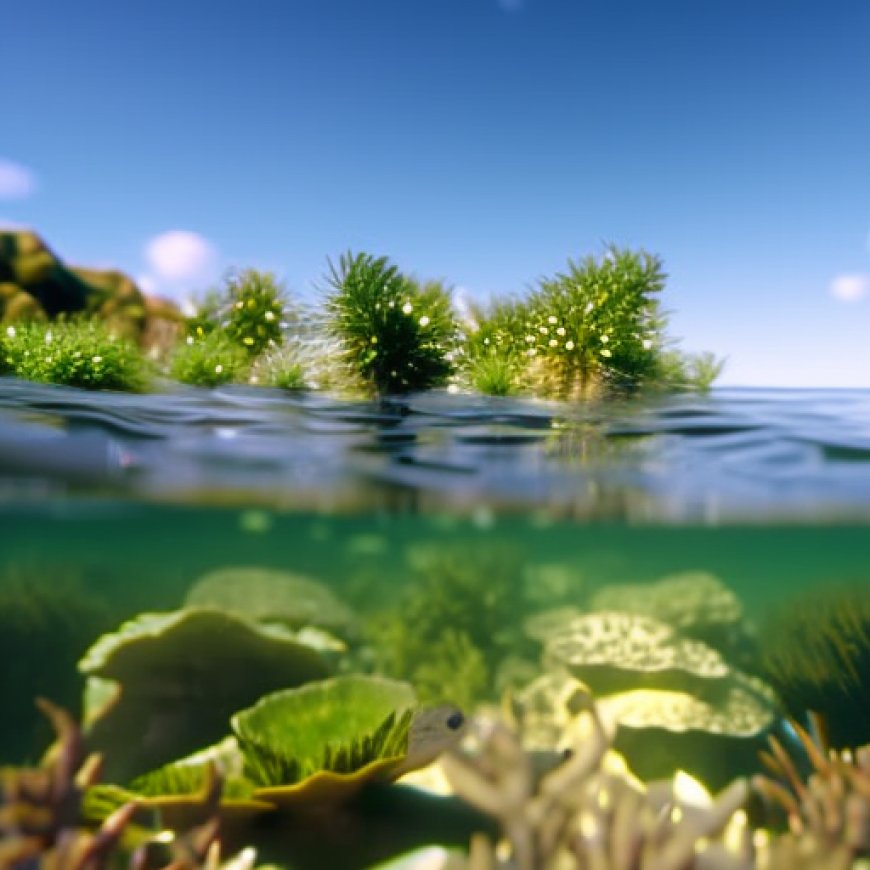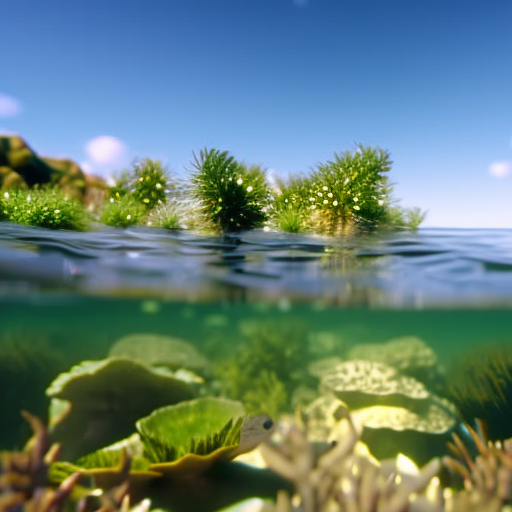Virginia’s aquatic life faces changes due to warming waters
Virginia's aquatic life faces changes due to warming waters Environmental Health News


Rising Water Temperatures in Virginia Impact Aquatic Ecosystem

Rising water temperatures across Virginia are altering the aquatic ecosystem, impacting species from the Chesapeake Bay to inland rivers.
Evan Visconti reports for the Virginia Mercury.
In short:
- Virginia’s warming water temperatures, attributed to climate change and environmental alterations such as deforestation, are disrupting the habitat and behaviors of aquatic and amphibian species.
- Key species like the American shad have seen significant declines, with shifts in spawning times and reduced populations highlighting broader ecosystem challenges.
- Conservation efforts are underway, including habitat restoration and policy adjustments, to mitigate temperature impacts and protect vulnerable species.
Key quote:
“Even though it might not seem like a big deal, sustained higher temperatures can really damage the intricate balance of species that call those water bodies home.”
— Jeremy Hoffman, director of climate justice and impact at Groundwork USA
Why this matters:
Warming waters can cause significant changes to habitats such as wetlands and marshes. These areas provide important habitat for a diverse array of plant and animal species, serve as natural buffers against storm surges and flooding, and help to filter pollutants from runoff. With rising temperatures, these habitats may shrink or shift, impacting the wildlife that depends on them and reducing their effectiveness in protecting coastal communities from environmental hazards.
SDGs, Targets, and Indicators
| SDGs | Targets | Indicators |
|---|---|---|
| SDG 13: Climate Action | Target 13.1: Strengthen resilience and adaptive capacity to climate-related hazards and natural disasters | Indicator not mentioned in the article |
| SDG 15: Life on Land | Target 15.1: Ensure the conservation, restoration, and sustainable use of terrestrial and inland freshwater ecosystems and their services | Indicator not mentioned in the article |
| SDG 15: Life on Land | Target 15.5: Take urgent and significant action to reduce the degradation of natural habitats, halt the loss of biodiversity, and prevent the extinction of threatened species | Indicator not mentioned in the article |
| SDG 14: Life Below Water | Target 14.1: By 2025, prevent and significantly reduce marine pollution of all kinds, particularly from land-based activities, including marine debris and nutrient pollution | Indicator not mentioned in the article |
| SDG 14: Life Below Water | Target 14.2: By 2020, sustainably manage and protect marine and coastal ecosystems to avoid significant adverse impacts, including by strengthening their resilience, and take action for their restoration in order to achieve healthy and productive oceans | Indicator not mentioned in the article |
1. Which SDGs are addressed or connected to the issues highlighted in the article?
- SDG 13: Climate Action
- SDG 15: Life on Land
- SDG 14: Life Below Water
The issues highlighted in the article, such as rising water temperatures and their impact on aquatic ecosystems, are connected to SDG 13 (Climate Action), SDG 15 (Life on Land), and SDG 14 (Life Below Water). These SDGs address the need to protect and conserve ecosystems, reduce climate-related hazards, and prevent pollution.
2. What specific targets under those SDGs can be identified based on the article’s content?
- Target 13.1: Strengthen resilience and adaptive capacity to climate-related hazards and natural disasters
- Target 15.1: Ensure the conservation, restoration, and sustainable use of terrestrial and inland freshwater ecosystems and their services
- Target 15.5: Take urgent and significant action to reduce the degradation of natural habitats, halt the loss of biodiversity, and prevent the extinction of threatened species
- Target 14.1: By 2025, prevent and significantly reduce marine pollution of all kinds, particularly from land-based activities, including marine debris and nutrient pollution
- Target 14.2: By 2020, sustainably manage and protect marine and coastal ecosystems to avoid significant adverse impacts, including by strengthening their resilience, and take action for their restoration in order to achieve healthy and productive oceans
Based on the article’s content, the specific targets under the identified SDGs include strengthening resilience to climate-related hazards (Target 13.1), conserving and restoring terrestrial and freshwater ecosystems (Target 15.1), reducing degradation of natural habitats and preventing species extinction (Target 15.5), preventing marine pollution (Target 14.1), and managing and protecting marine and coastal ecosystems (Target 14.2).
3. Are there any indicators mentioned or implied in the article that can be used to measure progress towards the identified targets?
No, the article does not mention or imply any specific indicators that can be used to measure progress towards the identified targets. However, indicators related to water temperature, species population, habitat restoration efforts, and policy adjustments could potentially be used to measure progress towards these targets.
Behold! This splendid article springs forth from the wellspring of knowledge, shaped by a wondrous proprietary AI technology that delved into a vast ocean of data, illuminating the path towards the Sustainable Development Goals. Remember that all rights are reserved by SDG Investors LLC, empowering us to champion progress together.
Source: ehn.org

Join us, as fellow seekers of change, on a transformative journey at https://sdgtalks.ai/welcome, where you can become a member and actively contribute to shaping a brighter future.







